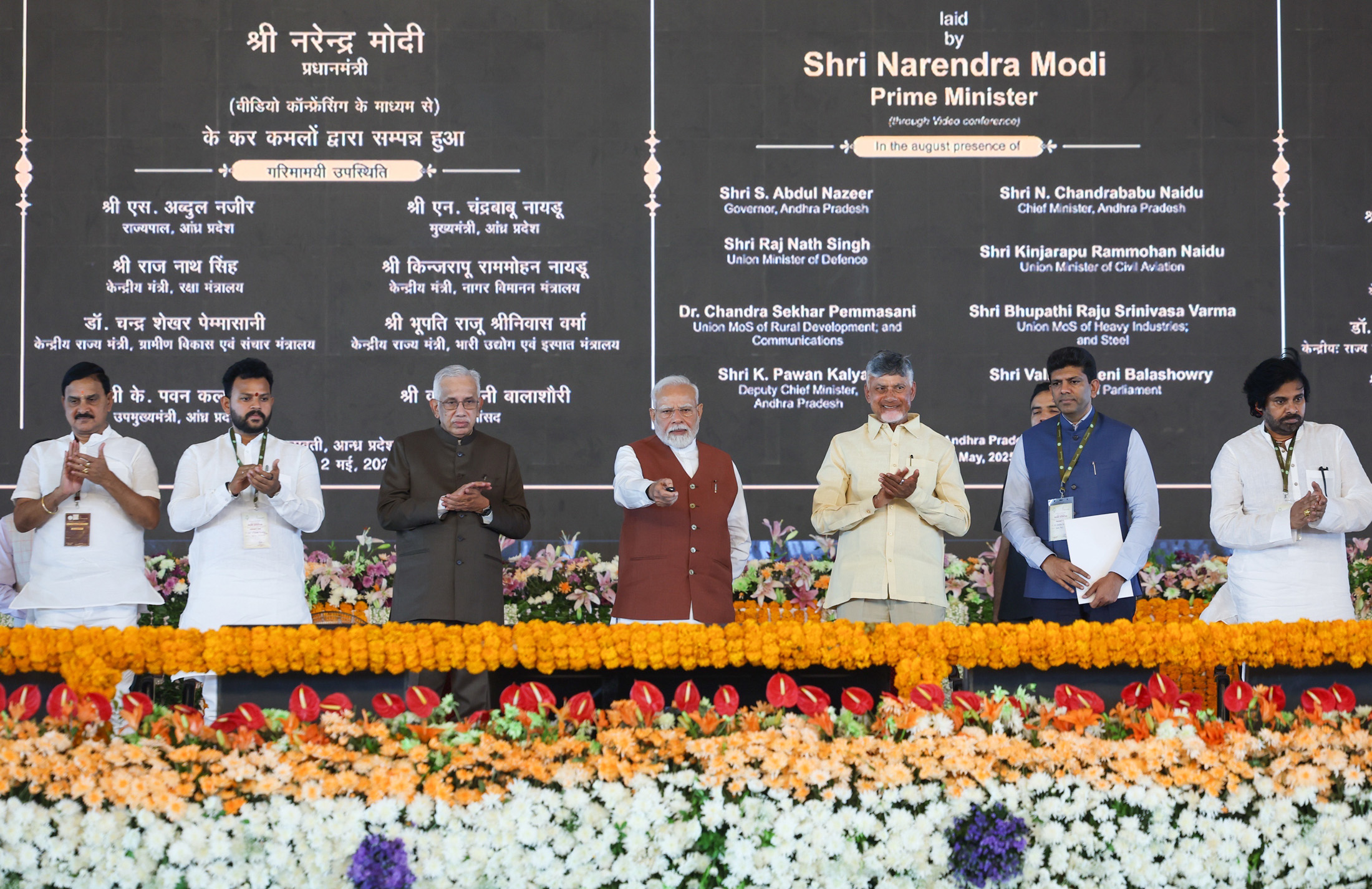- Courses
- GS Full Course 1 Year
- GS Full Course 2 Year
- GS Full Course 3 Year
- GS Full Course Till Selection
- Online Program
- GS Recorded Course
- NCERT (Recorded 500+ Hours)
- Polity Recorded Course
- Geography Recorded Course
- Economy Recorded Course
- AMAC Recorded Course
- Modern India, Post Independence & World History
- Environment Recoded Course
- Governance Recoded Course
- Science & Tech. Recoded Course
- International Relations and Internal Security Recorded Course
- Disaster Management Module Course
- Ethics Recoded Course
- Essay Recoded Course
- Current Affairs Recoded Course
- CSAT
- 5 LAYERED ARJUNA Mentorship
- Public Administration Optional
- ABOUT US
- OUR TOPPERS
- TEST SERIES
- FREE STUDY MATERIAL
- VIDEOS
- CONTACT US
MISSION ON ADVANCED AND HIGH-IMPACT RESEARCH (MAHIR)
MISSION ON ADVANCED AND HIGH-IMPACT RESEARCH (MAHIR)

Latest Context
A national mission called "Mission on Advanced and High-Impact Research (MAHIR)" was recently created by the Ministries of Power and New and Renewable Energy.
- The Mission will follow the technological life cycle method of Idea to Product during its first five-year span from 2023–2024 to 2027–2028.
Key Highlights of the National Mission MAHIR
Objectives:
- To find developing technologies and fields that will be important for the global power industry in the future and develop them locally.
- To give key players in the power sector a forum for group brainstorming and collaborative technology development.
- To encourage the commercialization of indigenous innovations created by Indian start-ups and to assist their pilot initiatives.
- To make use of international collaborations and alliances for advanced technology transfer and research.
- To encourage research and development (R&D) in the electricity sector and to establish an innovative environment.
- To establish India as a world leader in the creation of applications and technology for power systems.
Fund:
- The Ministry of Power, Ministry of New & Renewable Energy, and Central Public Sector Enterprises under these ministries will combine their funds to pay for it.
- If further money is needed, it will be raised from the budgeted funds of the Indian government.
Regions Selected for Research under MAHIR:
- Green hydrogen for mobility (High Efficiency Fuel Cell).
- Carbon capture.
- Alternatives to Lithium-Ion storage batteries.
- Modifying electric cookers/pans to suit Indian cooking methods.
- Geo-thermal energy.
- Indigenous CRGO technology.
- Solid state refrigeration.
- Nano technology for EV battery.
What is the Structure of the Mission?
Two- Tier Structure:
- It consists of a Technical Scoping Committee and an Apex Committee.
Apex Committee:
- It reviews research ideas, decides on technology and product development, and considers foreign partnerships.
- The Apex committee will investigate foreign partnerships as well. The Apex Committee will offer its ultimate approval of all research proposals and programmes.
- The Union Minister for Power, New, and Renewable Energy serves as its chairman.
Technical Scoping Committee:
- It pinpoints new research fields, suggests technology options, and keeps track of accepted research initiatives.
- The Central Electricity Authority's chairman serves as its chair.
- The Apex Committee and Technical Scoping Committee would get the required secretarial support from the Central Power Research Institute (CPRI), Bengaluru.
Scope of the Mission
- The world will be encouraged to submit applications for outcome-linked funding after study areas have been selected and approved.
- The proposals will be chosen on a quality-cost-based selection (QCBS) basis.
- There will be funding for pilot projects of technology created by Indian start-ups, and there will be assistance with their commercialization.
- Technology transfer and international cooperation will be promoted.
Importance of the MAHIR
Indigenous Development:
- India can lessen its dependency on imports, increase self-sufficiency, and foster local innovation and industrial capabilities by creating sophisticated technology within the nation.
- It supports the "Make in India" strategy and aids in the expansion of domestic technology-based enterprises.
Energy Transition and Net Zero Emissions:
- Energy storage options, carbon capture strategies, and cleaner, greener energy sources may all be supported by MAHIR.
- This strengthens India's resolve to fight climate change and make the transition to a sustainable energy future.
Economic Growth and Manufacturing Hub:
- India is to become a manufacturing powerhouse for cutting-edge power technology, according to MAHIR.
- Innovative industries may be supported, investments can be attracted, jobs can be produced, and so on by creating and implementing cutting-edge technology.

Q. Which of the following best describes/describe the aim of ‘Green India Mission’ of the Government of India? (2016)
1.Incorporating environmental benefits and costs into the Union and State Budgets thereby implementing the ‘green accounting’.
2.Launching the second green revolution to enhance agricultural output so as to ensure food security to one and all in the future.
3.Restoring and enhancing forest cover and responding to climate change by a combination of adaptation and mitigation measures.
Select the correct answer using the code given below.
(a) 1 only
(b) 2 and 3 only
(c) 3 only
(d) 1, 2 and 3
Ans: (c)



